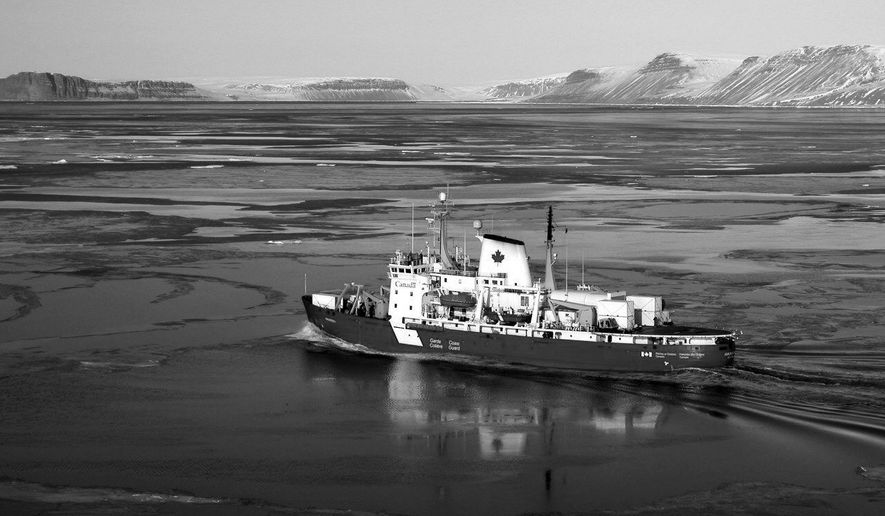Over hundreds of years, the notorious Northwest Passage has evolved from an intrepid English explorer’s dream to a feasible route for both shipping and commercial traffic. But as Arctic waters have warmed, controversies have stirred regarding whether these waters are actually safe for increased transit.
The world is about to find out.
The Northwest Passage is really a collection of multiple sea routes through the icy Canadian Arctic Archipelago. These routes connect the North Atlantic Ocean with the North Pacific Ocean, extending from Baffin Bay — which lies between West Greenland and Baffin Island — to the Bering Strait that separates Alaska from the far eastern reaches of Russia.
The search for the Northwest Passage began in the mid-1500s, when English traders sought a trading route to Asia that avoided South America and Africa, territories dominated by rivals Spain and Portugal. For over 300 years, efforts to find a path through the icy waterways failed. It wasn’t until the mid-1800s that the passage was proved to exist — a discovery revealing just how difficult transit was.
In the next few decades, the Northwest Passage became one of the world’s most notorious ship graveyards. Finally, after a three-year voyage between 1903 and 1906, Norwegian explorer Roald Amundsen became the first to successfully navigate the route.
Some 60 years later, the icebreaking tanker S.S. Manhattan completed the passage’s first commercial voyage.
Fast forward to today, and the icy waters are about to see their largest vessel yet — the 68-ton Crystal Serenity luxury cruiseliner that sets sail on August 17.
The Scott Polar Research Institute reported that, as of 2014 — after nearly five centuries of exploration and effort — just 220 ships had successfully completed voyages through the passage. But as Arctic ice has continued to melt in recent years, traffic has only increased.
A record number of vessels powered through in 2013, the institute reported. Just under a third of the ships making the transit have been small vessels, including motor yachts, survey vessels, cable-layers and even a number of small cruise ships, according to the Department of Environment and Natural Resources of Canada’s Northwest Territories.
Though the route is still largely unnavigable in the winter months, these conditions could be changing. Last winter, Arctic sea ice reached the lowest maximum extent ever observed. And in the summer, ice coverage in the passage often declines below 5 percent, making transit much more viable. Opportunities for adventures range from luxury cruises like the one planned for next month to an “extreme yacht race” proposed for the summer and fall of 2017.
Still, some skepticism remains, and critics say the route will stay a niche business for some time to come.
Vessels planning to navigate the route are still advised to contact authorities like the U.S. and Canadian Coast Guards before embarking, and there are certain icebreaking capabilities any ship needs in order to make the voyage.
• Jessie Fox can be reached at jfox@washingtontimes.com.




Please read our comment policy before commenting.